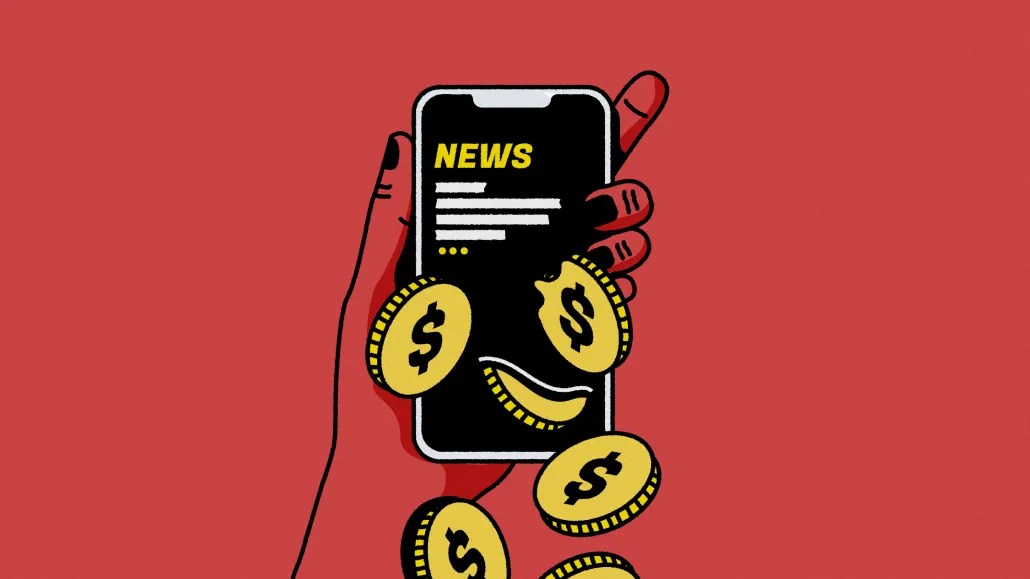Sponsored by The Washington Post • October 16, 2024 •

Jana Meron, vp of revenue operations and data, The Washington Post
In 2023, more than one-third of brands entirely excluded news from their marketing mix, driven largely by concerns over brand suitability. This “fear of the screenshot” looms large — one misstep and a brand’s ad could be captured next to controversial or unsuitable content, quickly spreading across social media and causing reputational damage.
Even among those that did incorporate news, the methods advertisers rely on to protect themselves often limit their reach and performance within high-quality news environments. Once brands understand why those methods aren’t working, they can move toward establishing a more effective solution that brings them the results they need.
The news audience is often a missed opportunity for advertisers
Despite these concerns, news remains a highly engaged medium. According to recent Stagwell research, 75% of U.S. consumers read three to four news stories per day, with avid news readers making up 25% of the total U.S. population. Notably, 11% of this audience consumes only news content, dedicating significant time and attention to traditional news platforms — and, by extension, the ads accompanying this content.
These readers are discerning. They pay close attention to the content they engage with and the advertising alongside it. The same qualities that make this audience attractive to advertisers — affluence, education, connectivity and curiosity — also mean they understand that an ad’s placement next to a news story doesn’t imply endorsement of that topic. Instead, they see it as a signal of investment in trusted journalism. Research shows that 84% of news consumers believe advertising within news environments increases or maintains brand trust.
Brands that recognize this dynamic see the payoff. For example, brands advertising on The Washington Post observed a 55% increase in click-through rates when running campaigns in politics and opinion sections in 2024, compared to other parts of the site.
Falsely filtered inventory sheds light on a systemic industry issue
Brand suitability practices, however, often result in blocked inventory that doesn’t have true risk. The following headlines are examples of mistakenly flagged topics: “A journalist goes undercover to reveal the absurdity of the art scene,” “A child didn’t have pajamas for pajama day, so his bus driver bought him some” and “What’s the best brownie mix?”
An advertiser blocked these Washington Post headlines due to third-party brand suitability settings that mistakenly flagged them as unsafe for topics like drugs or adult content. Stories like these are common across major news publishers, highlighting a systemic issue with current methodologies. Outdated keyword blocklists, domain-level blocking and oversimplified contextual analysis cause advertisers to pay premiums for a false sense of security.
Transparency and control are key to establishing the path forward
With natural language processing and machine learning advancements, the advertising industry is reaching a critical turning point. Modern technology and artificial intelligence developments can enable advertisers to go beyond simple keyword matching and gain a deeper understanding of the context in which their ads are placed.
The solution isn’t to abandon brand suitability tools but to enhance transparency and an understanding of how they work. Advertisers and agencies need a clearer picture of what their settings mean and how those choices affect reach and campaign performance. At the same time, publishers need confidence in their ability to monetize sophisticated news audiences without unnecessary restrictions.
This is the moment for the industry to recalibrate and create more accurate, effective solutions for brand suitability in news environments.
Sponsored by The Washington Post
https://digiday.com/?p=558213





